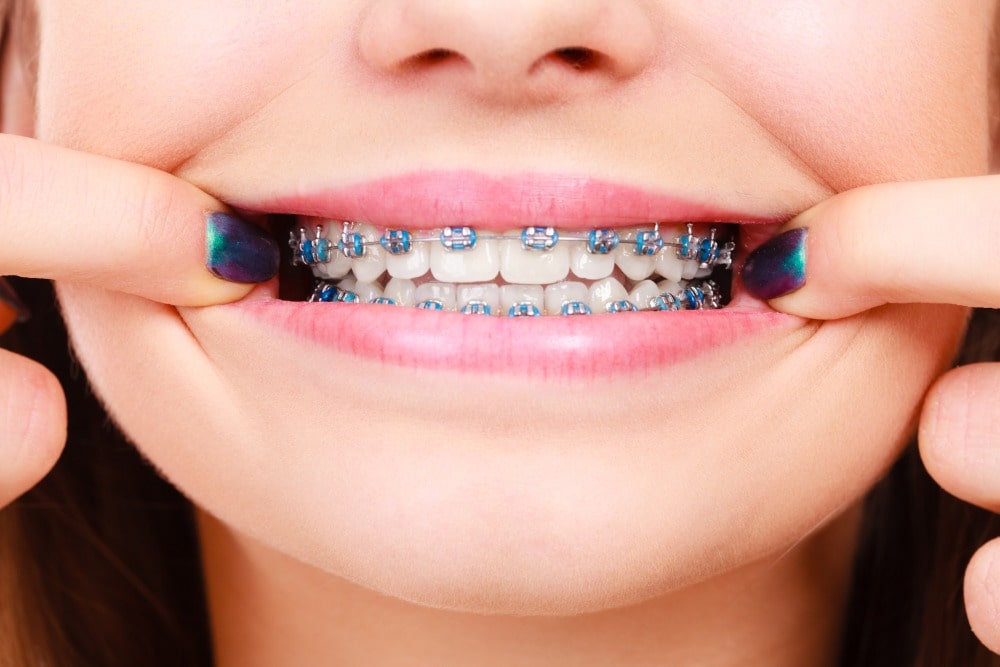

What Each Part of Your Braces Does
We don’t blame you if you find it a bit odd that there are so many parts to your braces. However, each part is necessary to move your teeth in the right direction and to get you your new smile. So, what exactly are the different parts of braces and what do they do?
Brackets
The brackets are the parts of your braces that are the most visible. Each tooth being straightened will have a bracket directly attached to it, serving as an anchor for the rest of the structure of your braces. They contain slots for the archwire to run through and may also have some attachments or hooks if needed.
Brackets are traditionally made of metal and can come in silver, gold, or champagne. Alternatively, you can also choose ceramic brackets, which are clear or match the tone of your teeth, resulting in reduced visibility. To keep your brackets attached to your teeth, a special dental adhesive is used.
Bonding Material
Each bracket is held on to the corresponding tooth via a safe and strong dental bonding adhesive. This material is designed to keep the tooth enamel under the brackets strong, and is easily removed once your braces treatment is complete.
Archwire
The archwire runs through each bracket on your braces. The archwire gets its name from the fact that the wire is bent in an arch, allowing it to precisely fit your teeth. The archwire is the part of your braces that applies pressure to your teeth, causing them to move in the right direction for the results you want. During each appointment to adjust your braces, your orthodontist will check and sometimes replace the archwire, starting the next phase of your treatment.
A fun fact about archwires is they can be made from a metal designed by NASA.
Ligatures Hold Archwires in Place on Braces
To keep the archwire securely attached to the brackets, each intersection of brackets and archwire features tiny rubber rings called ligatures. These elastics also help apply some of the pressure that results in your teeth moving to their correct positions at the end of your treatment. Ligatures can come in different colors, which allows kids to have some fun with their braces while they straighten their teeth.
Elastic Bands Between Top and Bottom Teeth
While every set of braces at Crescent Orthodontics has ligatures connecting the archwire to the brackets, not every patient will need this other type of elastics. These rubber bands help correct underbites and overbites by attaching to hooks extending from the brackets and running from top to bottom. There is also generally only one on each side of the mouth instead of one on every tooth. For underbites, the bands will run from the back of the upper jaw to the front of the lower jaw, pulling the lower jaw back to correct the bite. The opposite is true for overbites.
When you schedule your free consultation here at Crescent Orthodontics, our Palm Beach orthodontist will make sure you understand each part of your braces and how to take care of them for the best results.
